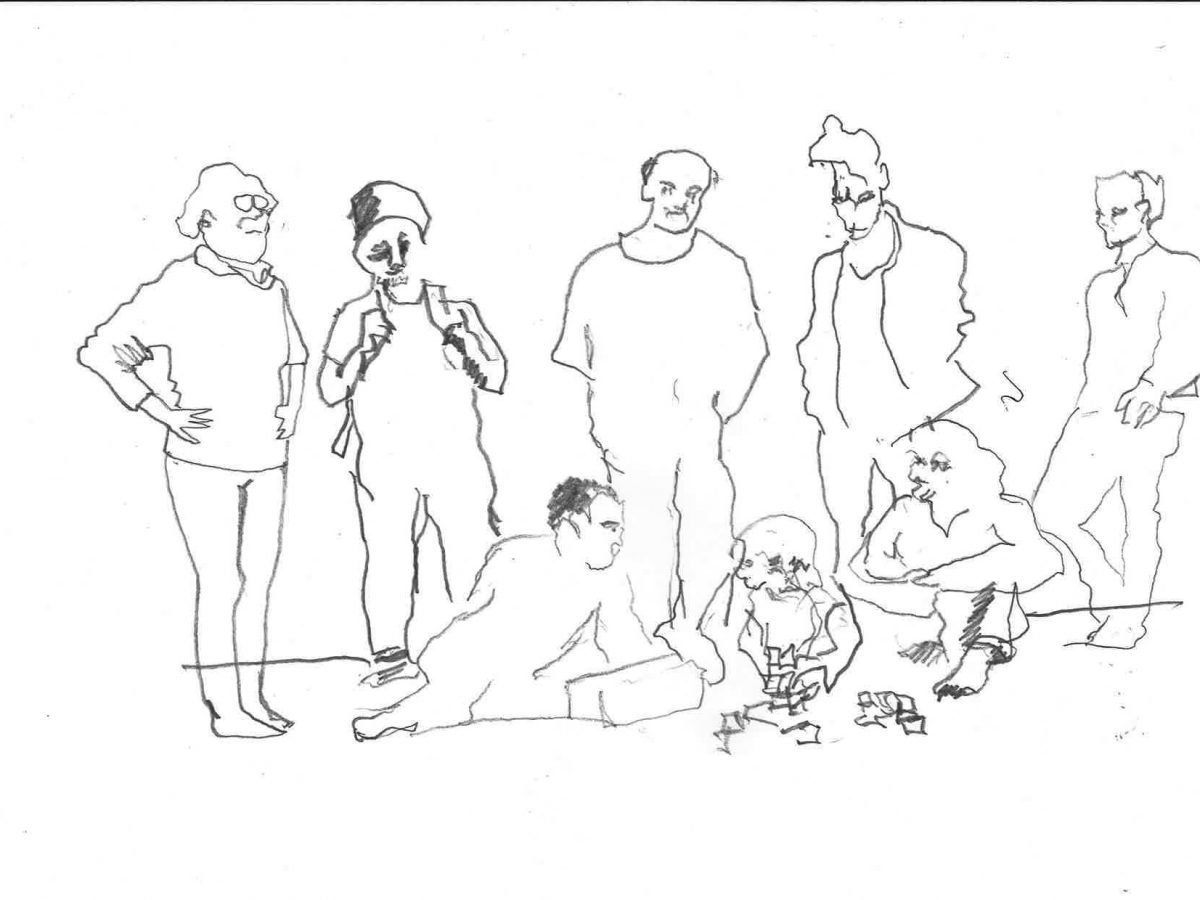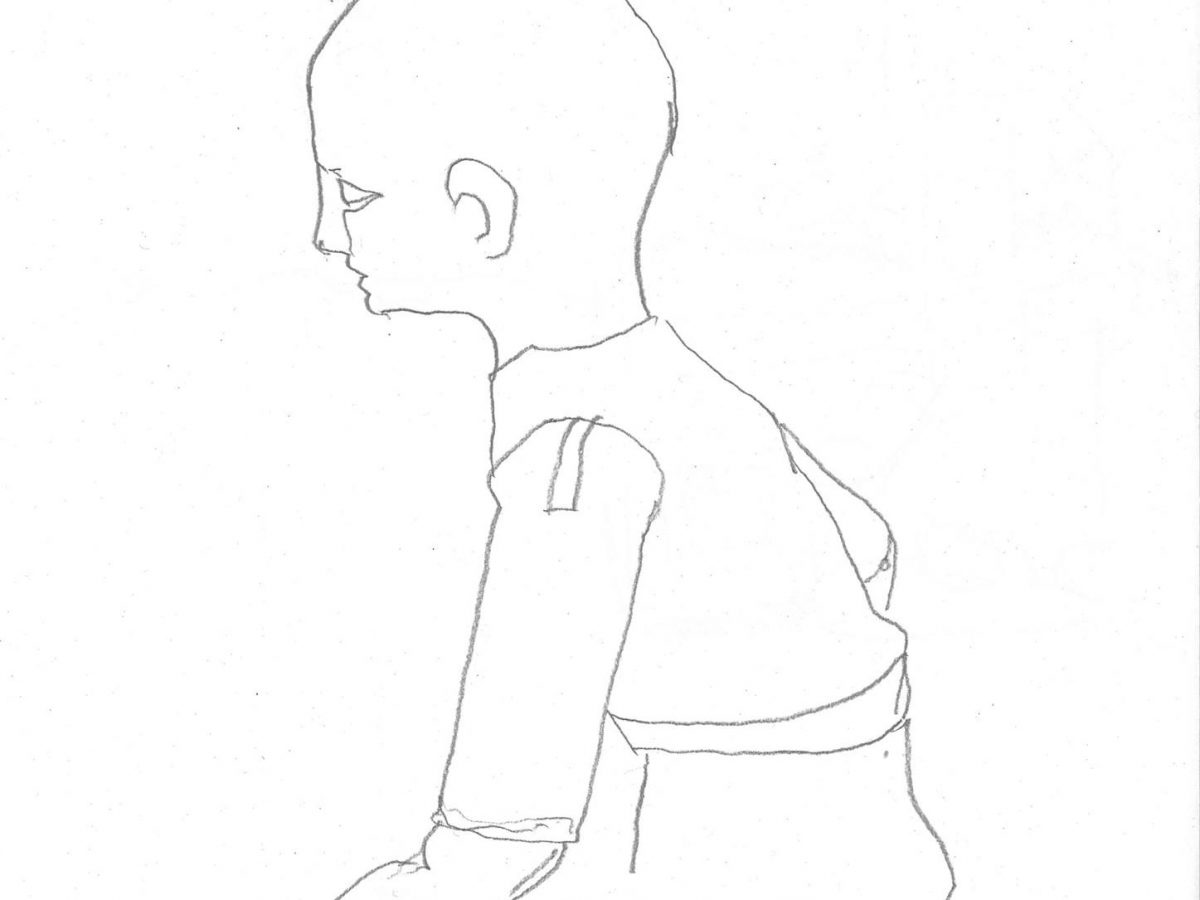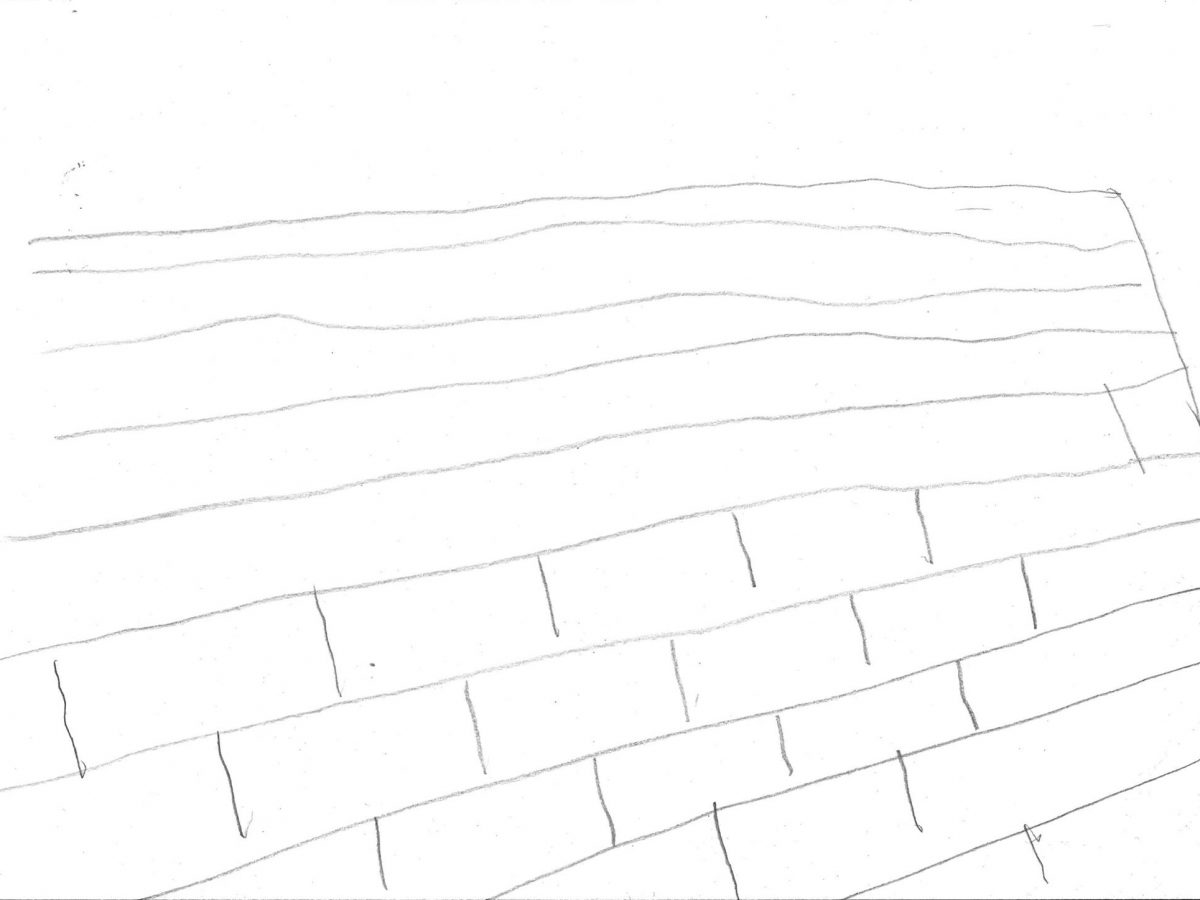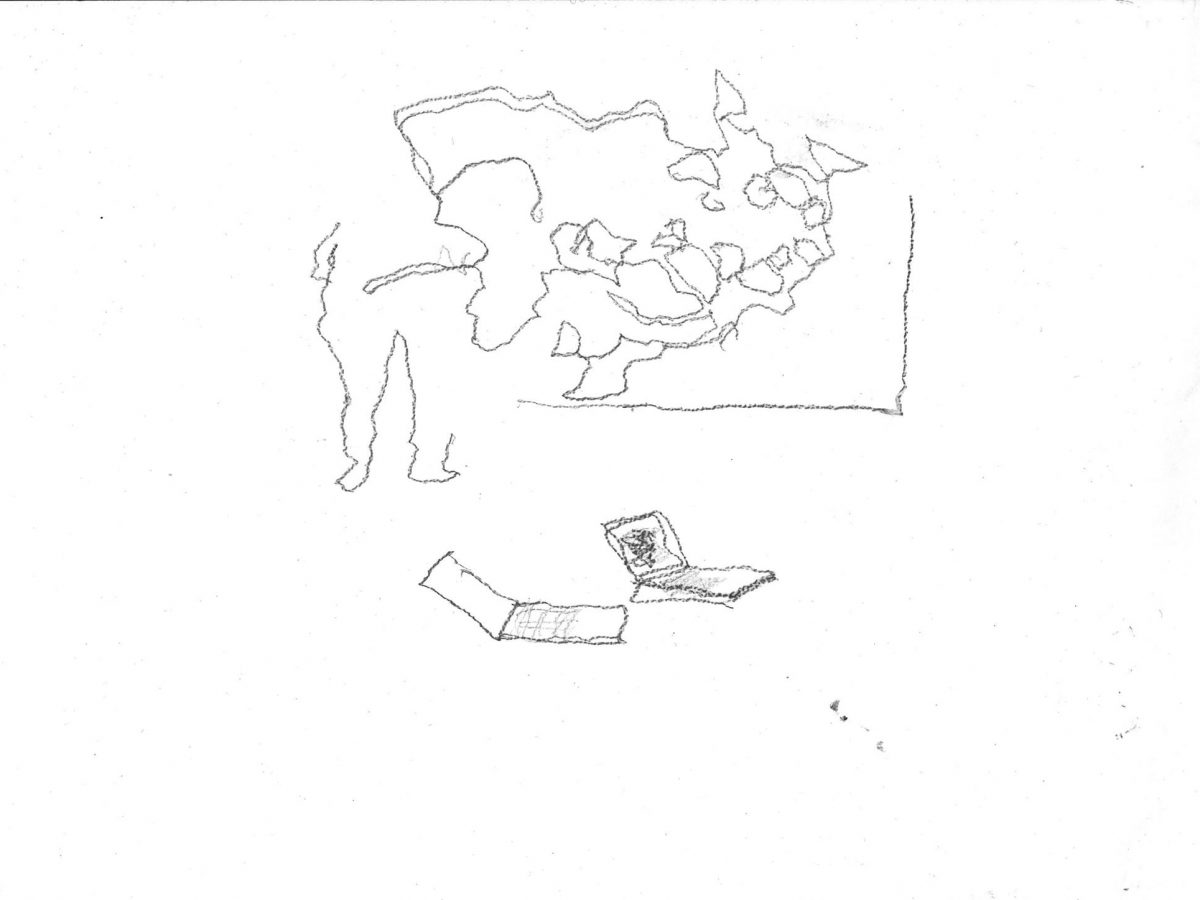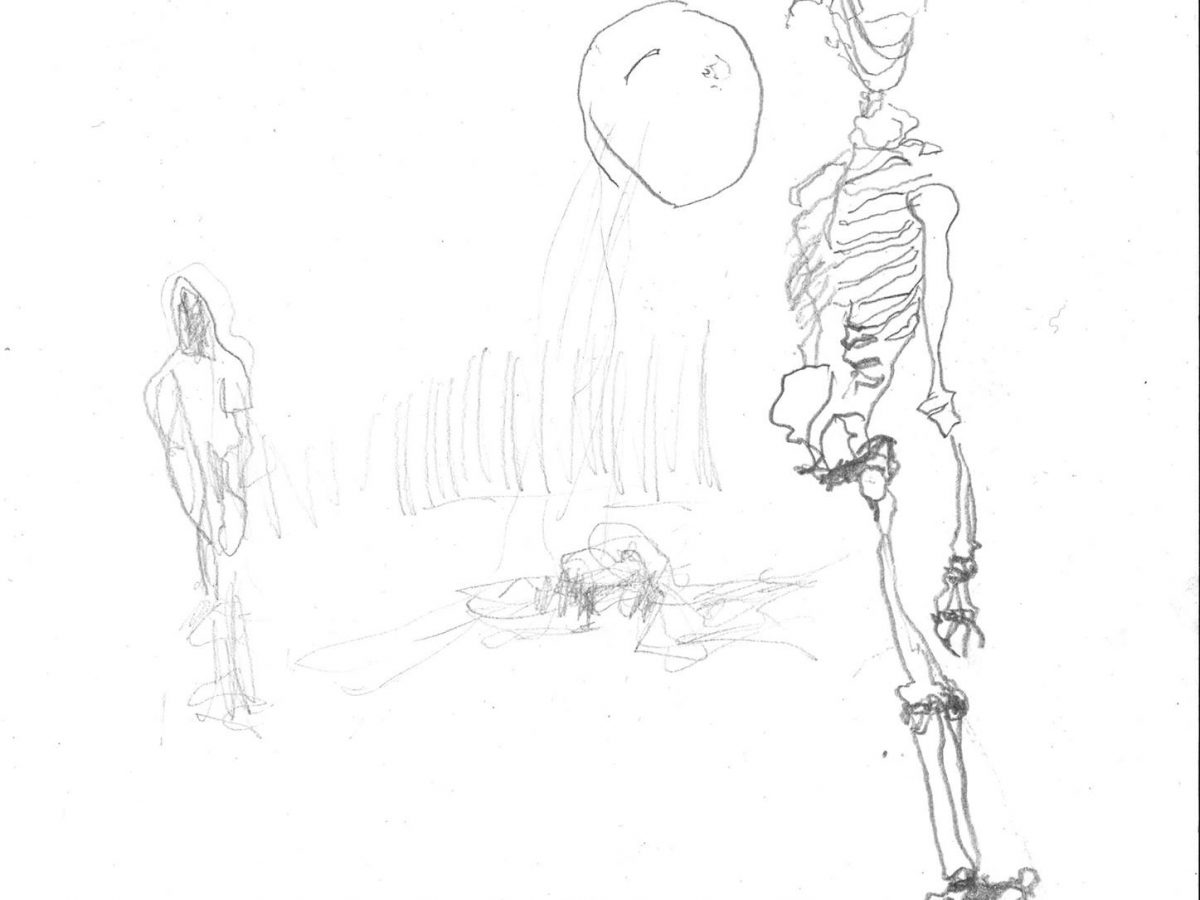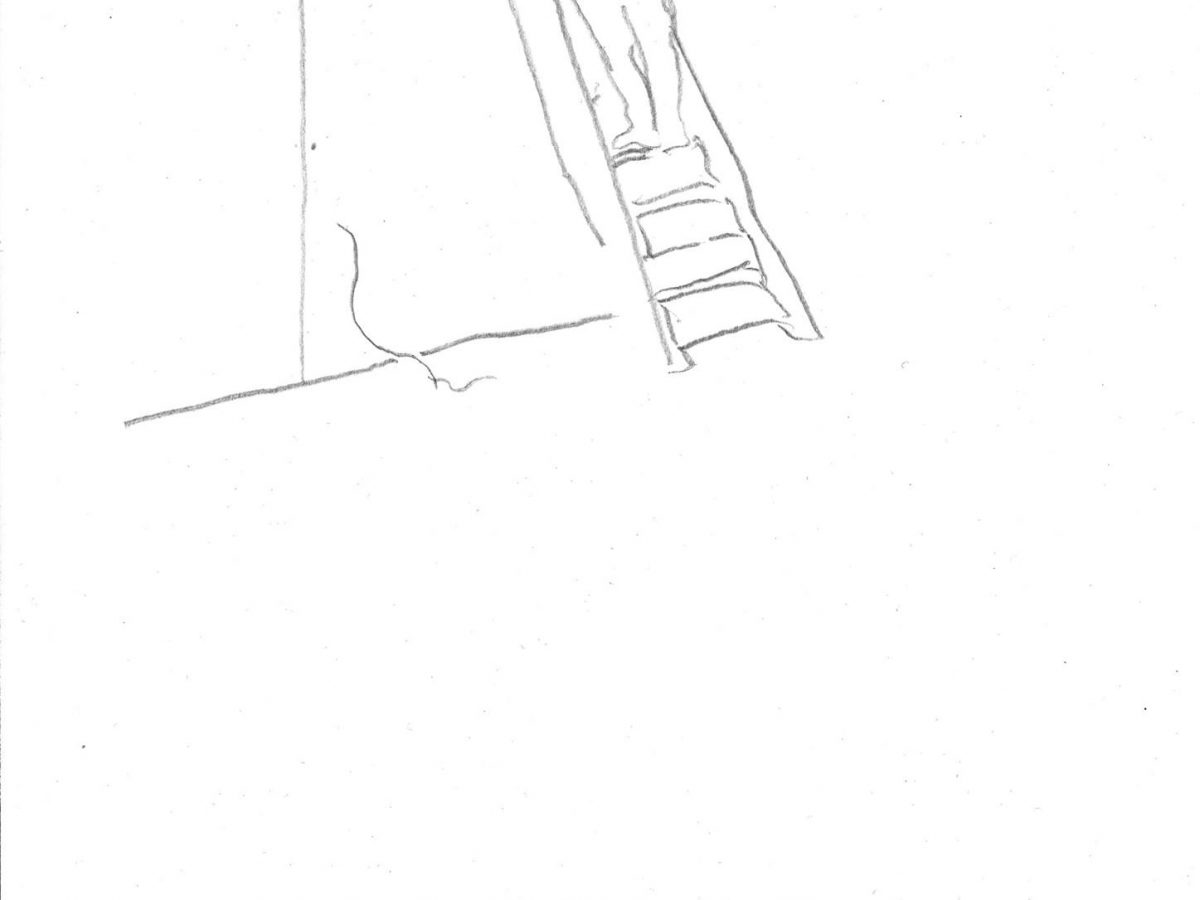Blind Spot – Staring down the void
Published
The artistic research project Blind Spot investigates a sensory phenomenon at the gravitational center of all material knowledge. The project researches the implications of the “blind spot” to artists in the visual and performing arts concerned with the implications of perception in human experience and society.
The term “blind spot” stems from medical research into the optics of the eye. “The natural blind spot is due to lack of receptors where the optic nerve and blood vessels leave the eye. Blindness is absence of seeing. It may be experienced as blackness, or very differently it may be nothing. The sudden blindness of switching off the light is blackness (and black is a colour); nothingness is lack of visual sensation, as for the world behind one’s head” (Gregory & Cavanagh, 2011, Scholarpedia, 6(10):9618). The term is also used in photography, describing the nodal point of a camera.
Beyond its’ technical significance the blind spot is of course a metaphor for a multitude of juxtapositions, between the visible and invisible, the static and fluid, the known and unknown. Blind spot is that which is uncannily present, and at the center, but remains unseen and undescribed. The project works from the artistic potential of the blind spot and its fuzzy surroundings.
The research unfolds between 2016 – 2019 in working groups, residencies and seminars. Blind spot as a topic is activated through performing arts processes, leading to three main productions: one performative production for stage to be toured nationally and internationally; a second research production will result in an exhibition to be presented nationally and internationally; and thirdly, a publication, reflecting upon the artistic and academic process of the research project. The publication also constitutes a collection, a sourcebook of the most diverse artistic material on the subject. The artistic research and production will be accompanied by investigations into the topic through the academic eye of scholarship in contemporary and media archaeology, history, sociology, technology, literature and philosophy.
The research is led by Prof. Karen Kipphoff of Norwegian Theatre Academy at the University College Østfold, and involves the artists Marcio Carvalho, Farid Fairuz, Ingvild Holm, Karen Kipphoff, Trond Lossius, Carole Nadeau, Nik Haffner, Cecilie Ullerup Schmidt, Craig Wells and Tolga Balci, as well as several partner institutions: BEK – Bergen Center for Electronic Arts, BIT Teatergarasjen, Norwegian Museum of Science and Technology, Hochschulübergreifendes Zentrum Tanz – Universität der Künste Berlin, TRANZIT FOUNDATION Bucharest and others.
The project is funded by the Norwegian Artistic Research Programme.
Camera Lucida drawings by Karen Kipphoff
